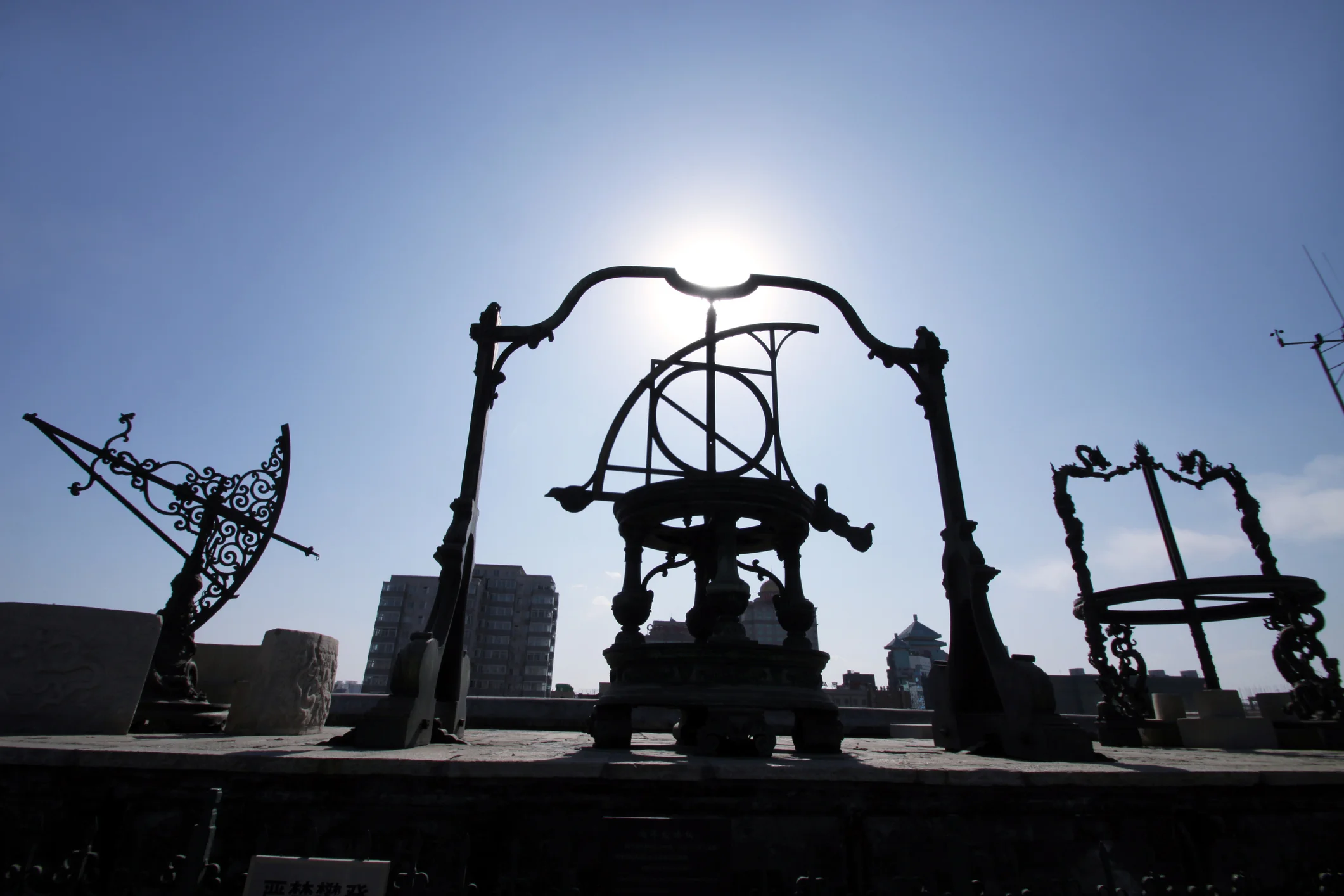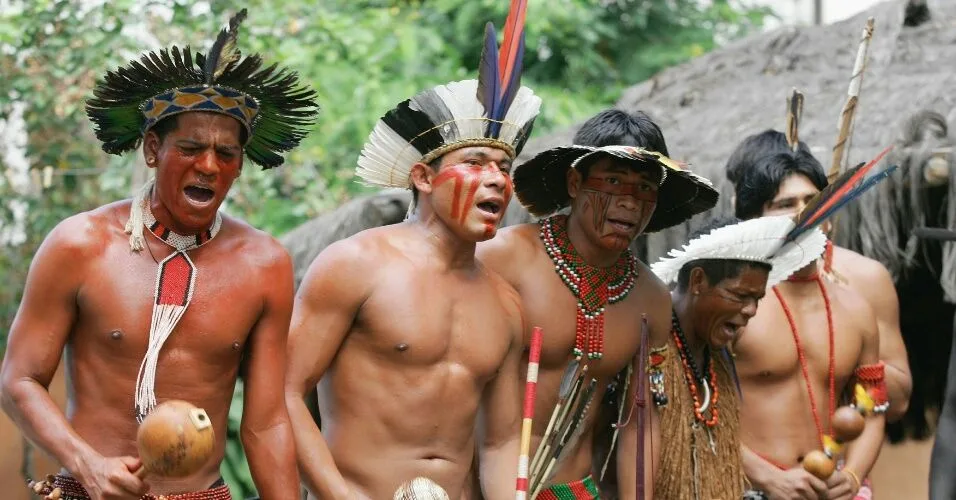Throughout human history, the concepts of eternal cycles and rebirth have captivated our collective imagination, weaving through mythology, religion, and philosophical thought across every civilization.
These timeless themes speak to something fundamental within us—a deep yearning to understand our place in the cosmos and the possibility that existence extends beyond a single lifetime. From ancient Egyptian beliefs to Eastern philosophies, the promise of renewal and transformation offers both comfort and mystery.
🌀 The Universal Appeal of Cyclical Existence
The human fascination with cycles and rebirth isn’t merely coincidental. These concepts appear independently in cultures separated by vast distances and millennia, suggesting they tap into something intrinsic to the human experience. The changing seasons, the daily cycle of sunrise and sunset, and the generational passage of life all mirror these grander cosmic patterns.
Ancient civilizations observed nature’s perpetual rhythms and extrapolated these patterns to encompass spiritual and metaphysical dimensions. The Egyptians watched the Nile flood annually, bringing life to the desert. Greeks witnessed Persephone’s seasonal descent and return. These natural phenomena became templates for understanding death, rebirth, and the soul’s eternal journey.
Ancient Egyptian Concepts of Eternal Return 🏺
The ancient Egyptians developed one of history’s most elaborate systems of beliefs surrounding death and rebirth. Their civilization didn’t view death as an ending but rather as a transformation—a passage into another form of existence that required careful preparation and specific knowledge.
The Egyptian Book of the Dead, more accurately translated as “The Book of Coming Forth by Day,” served as a guide for the deceased navigating the afterlife. This sacred text contained spells, prayers, and instructions to help the soul overcome obstacles and achieve successful transformation. The journey through the Duat (underworld) represented a process of purification and renewal.
The Symbolism of the Scarab Beetle
Perhaps no symbol better encapsulates Egyptian rebirth concepts than the scarab beetle. Ancient Egyptians observed these creatures rolling balls of dung across the sand and saw profound spiritual meaning. The scarab became associated with Khepri, the god of the rising sun, representing self-creation, transformation, and the daily renewal of life itself.
The scarab’s lifecycle—from egg to larva to beetle—provided a natural metaphor for the soul’s transformation through death and into new existence. Egyptians wore scarab amulets, incorporated them into royal regalia, and placed them over the hearts of mummified bodies to ensure successful resurrection.
Eastern Philosophy and the Wheel of Samsara 🎡
Hindu and Buddhist traditions present perhaps the most systematic frameworks for understanding rebirth and eternal cycles. The concept of samsara—the wheel of cyclic existence—describes the continuous cycle of birth, death, and rebirth that all beings experience until achieving liberation.
Unlike linear Western conceptions of time and existence, samsara presents reality as fundamentally cyclical. Each lifetime represents one turn of the wheel, with actions (karma) from previous existences shaping current circumstances and future incarnations. This isn’t merely reincarnation but a complex system where consciousness perpetuates through various forms based on accumulated karmic effects.
Karma: The Mechanism of Rebirth
Karma operates as the governing principle determining the nature of rebirth. Every intentional action—physical, verbal, or mental—creates karmic imprints that influence future experiences. Positive actions generate favorable rebirths, while negative actions lead to unfavorable circumstances.
However, karma isn’t simply cosmic reward and punishment. It represents causality at the deepest level—the interconnectedness of all actions and their inevitable consequences rippling through time. Understanding karma provides agency and responsibility; individuals shape their destinies through conscious choices across multiple lifetimes.
Breaking Free: Moksha and Nirvana
Both Hindu and Buddhist traditions ultimately aim toward liberation from samsara. In Hinduism, moksha represents the soul’s release from the cycle of rebirth, achieving union with the divine Brahman. Buddhism pursues nirvana—the extinction of craving, aversion, and ignorance that perpetuate cyclical existence.
These liberation concepts don’t negate the value of existence but rather transcend its limitations. They represent the ultimate transformation—moving beyond the cycles that bind consciousness to recognize a deeper, unchanging reality underlying all phenomena.
🔄 Greek and Roman Perspectives on Eternal Return
Classical Mediterranean civilizations developed distinct yet related concepts of cyclical existence and renewal. While not typically emphasizing individual reincarnation as Eastern traditions did, Greek philosophy explored cycles at cosmic, societal, and personal levels.
The Orphic mysteries, practiced in ancient Greece, taught doctrines of reincarnation and the soul’s journey through multiple bodies. Initiates believed in a divine spark within humans that underwent purification through successive lives. The philosopher Pythagoras famously claimed to remember his previous incarnations, teaching that souls migrated between bodies until achieving sufficient purity.
Plato’s Theory of Anamnesis
Plato’s philosophy incorporated reincarnation into his theory of knowledge. He proposed that learning was actually remembering—anamnesis—whereby the soul recalls eternal truths encountered before birth. This presupposed the soul’s preexistence and implied its continuation beyond death.
In the “Myth of Er” from Plato’s Republic, he describes the soul’s journey after death, choosing its next incarnation based on character developed in previous lives. This narrative served both philosophical and moral purposes, encouraging ethical behavior by connecting present actions with future consequences across lifetimes.
Norse Mythology and Ragnarök: Destruction as Renewal 🌩️
The Norse concept of Ragnarök presents cyclical existence on a cosmic scale. This prophesied event describes the death of gods, destruction of the world, and subsequent rebirth—a grand cycle of ending and beginning that encompasses all reality.
Ragnarök doesn’t represent permanent apocalypse but necessary destruction preceding renewal. After the great battle and cataclysm, the surviving gods gather, a new world rises from the ocean, and life begins again. This mythological framework reflects Northern European experiences with harsh winters giving way to spring renewal—seasonal death and resurrection writ large across cosmic time.
The Eternal Return in Norse Cosmology
Norse texts suggest this cycle of destruction and creation has occurred before and will occur again—an eternal recurrence where cosmic patterns repeat infinitely. While individual details may vary between cycles, the fundamental structure remains constant, suggesting deep cosmic laws governing existence itself.
Indigenous Perspectives on Cyclical Time 🌍
Indigenous cultures worldwide maintain rich traditions emphasizing cyclical rather than linear time. These perspectives view existence as perpetually renewing spirals where past, present, and future interconnect in ways Western linear thinking struggles to comprehend.
Many Native American traditions understand life as a sacred circle or hoop. The Lakota concept of the Sacred Hoop represents the interconnectedness of all existence—animals, plants, humans, spirits, and elements—in continuous cycles of relationship and renewal. Death doesn’t break the circle but represents transformation within it.
Australian Aboriginal Dreamtime
Aboriginal Australian cultures possess perhaps humanity’s oldest continuous spiritual traditions, centered on the Dreamtime—a concept encompassing creation, ancestors, law, and the eternal present. The Dreamtime isn’t relegated to the past but exists perpetually, accessible through ceremony, story, and connection with ancestral lands.
In this framework, humans participate in eternal cycles established during creation. Ceremonies reenact primordial events, maintaining cosmic order and renewing the world. Death represents a return to the Dreamtime, where ancestors continue existing and influencing the living.
🧬 Modern Science and Cyclical Patterns
Contemporary scientific understanding, while different from mythological and religious frameworks, nonetheless reveals profound cyclical patterns throughout existence. From quantum mechanics to cosmology, science discovers recurring cycles at every scale.
At the cosmic level, some theories propose cyclical models of the universe—scenarios where Big Bangs and Big Crunches repeat eternally, or parallel universes continuously form through quantum branching. While speculative, these theories mirror ancient intuitions about eternal recurrence with mathematical precision.
Biological Cycles and Cellular Renewal
Biology reveals continuous cycles of death and renewal at cellular levels. Human bodies replace most cells regularly—skin cells every few weeks, red blood cells every few months. Over seven years, nearly every cell in the body has been replaced, making us literally different physical beings while consciousness and identity persist.
This biological transformation parallels spiritual concepts of rebirth happening not just between lives but continuously throughout a single lifetime. We die and are reborn constantly at microscopic scales, raising profound questions about continuity, identity, and what persists through change.
Psychological Transformation and Personal Renewal 🦋
Beyond literal interpretations, rebirth concepts powerfully metaphorically describe psychological transformation. Carl Jung extensively studied rebirth symbolism across cultures, recognizing it as an archetype representing ego death and spiritual renewal necessary for individuation—becoming fully oneself.
Major life transitions—adolescence, parenthood, career changes, trauma recovery—involve dying to previous identities and being reborn into new ways of being. These transformations share structural similarities with mythological death-and-rebirth narratives, suggesting these ancient stories encode deep psychological truths.
The Dark Night of the Soul
Mystical traditions across cultures describe profound spiritual crises—dark nights of the soul—where previous beliefs, identities, and certainties dissolve. This death of the old self feels catastrophic but serves as preparation for transformation into expanded consciousness.
These experiences mirror initiatory ordeals in mystery traditions, shamanic death-and-rebirth journeys, and the Buddhist concept of emptiness realization. Psychological dissolution becomes the prerequisite for renewal, demonstrating that growth often requires releasing what we’ve outgrown.
⚡ Practical Applications: Embracing Personal Cycles
Understanding eternal cycles and rebirth isn’t merely intellectual exercise but offers practical wisdom for navigating existence. Recognizing that life moves in cycles—seasons of growth and dormancy, building and releasing, death and renewal—provides perspective during difficult transitions.
When experiencing loss, failure, or identity crisis, cyclical perspectives remind us that endings contain seeds of new beginnings. Winter always yields to spring. Death fertilizes new life. What seems like catastrophe often proves to be necessary transformation in retrospect.
Daily Practices for Renewal
We can consciously participate in renewal cycles through intentional practices:
- Morning rituals that symbolically mark rebirth with each new day
- Meditation practices releasing old patterns and cultivating new awareness
- Seasonal celebrations honoring natural cycles and our place within them
- Journaling to process endings and envision new beginnings
- Physical practices like yoga that emphasize continuous renewal through breath
- Regular reflection on personal growth and transformation over time
The Eternal Dance: Integration and Wisdom 🌟
The mysteries of eternal cycles and rebirth, explored through countless cultural lenses, ultimately point toward fundamental truths about existence. Change is constant. Transformation is inevitable. Death and birth eternally dance together, each impossible without the other.
These ancient wisdom traditions don’t require literal belief in reincarnation to offer value. Whether understood mythologically, psychologically, spiritually, or metaphorically, they provide frameworks for making meaning from life’s perpetual transformations.
By embracing cyclical perspectives, we develop resilience, finding comfort in knowing that difficult periods pass and contain potential for renewal. We gain patience with natural rhythms rather than forcing constant linear progress. We recognize that letting go—dying to old forms—creates space for new growth.
Transformation as Life’s Constant Invitation 🎭
Every moment offers an invitation to transformation. Each breath cycles through death and rebirth—releasing what was, receiving what comes. Every ending marks a beginning. Every loss clears space for discovery. Every death seeds new life.
The legends and secrets of renewal don’t reside in distant mythologies or ancient texts alone but live within our immediate experience. By attending to the cycles already present—breath, heartbeat, sleeping and waking, seasons turning—we participate consciously in the eternal patterns that have fascinated humanity since consciousness first awakened to question its own nature.
The ultimate mystery may be that there is no mystery at all, just the obvious truth we continuously forget: everything changes, nothing is permanent, and within impermanence lies infinite possibility for renewal. The secret has always been hiding in plain sight, written in falling leaves, crashing waves, and the beating of our own hearts.
Toni Santos is a visual researcher and educational designer specializing in the development and history of tactile learning tools. Through a hands-on and sensory-focused lens, Toni investigates how physical objects and textures can enhance understanding, memory, and creativity while exploring the intersections of ancient temporal systems, ritualized time practices, and cultural perceptions of chronology. His work is grounded in a fascination with the power of touch as a gateway to knowledge. From embossed maps and textured alphabets to handcrafted manipulatives and sensory kits, Toni uncovers the subtle ways tactile tools shape cognitive development and learning experiences, while engaging with ancestral calendars and forgotten systems, chrono-rituals and time portals, cultural time perception and myth, and devices and tools of time. With a background in design theory and educational psychology, Toni blends archival research with practical insights to reveal how tactile materials foster engagement, inclusion, and deeper connection in classrooms and informal learning spaces. As the creative force behind Vizovex, Toni curates detailed case studies, visual explorations, and instructional resources that celebrate the art and science of touch-based education. His work is a tribute to: The transformative role of tactile tools in learning The intersection of sensory experience, cognition, and temporal wisdom The craft and innovation behind educational objects and time devices Whether you’re an educator, designer, or lifelong learner, Toni invites you to explore the rich textures of knowledge—one touch, one tool, one discovery at a time.




